Install the Fastly app¶
What data does it ingest?¶
The Fastly app collects data from two sources:
HTTPS Logging Endpoint which is configured on each service in Fastly and sends request logs to an Observe ingestion endpoint
The Observe poller for Fastly periodically collects data about the services that are configured in Fastly.
The sections below describe how to ingest data, install, and configure these collectors. For more about exploring this data see Fastly.
Setup¶
Install the Fastly app from the Data & integrations > Applications page in the left navigation.
After you install the app, go to the app’s Connections tab to configure the app.

Figure 1 - Fastly app card
HTTPS Logging Endpoint Setup¶
In Fastly, set up a logging endpoint for your Fastly service. As traffic is served, request logs will then be sent to Observe.
To configure a logging endpoint for your service, navigate to the configuration page for any service in Fastly.
Select Logging in the left side navigation menu.
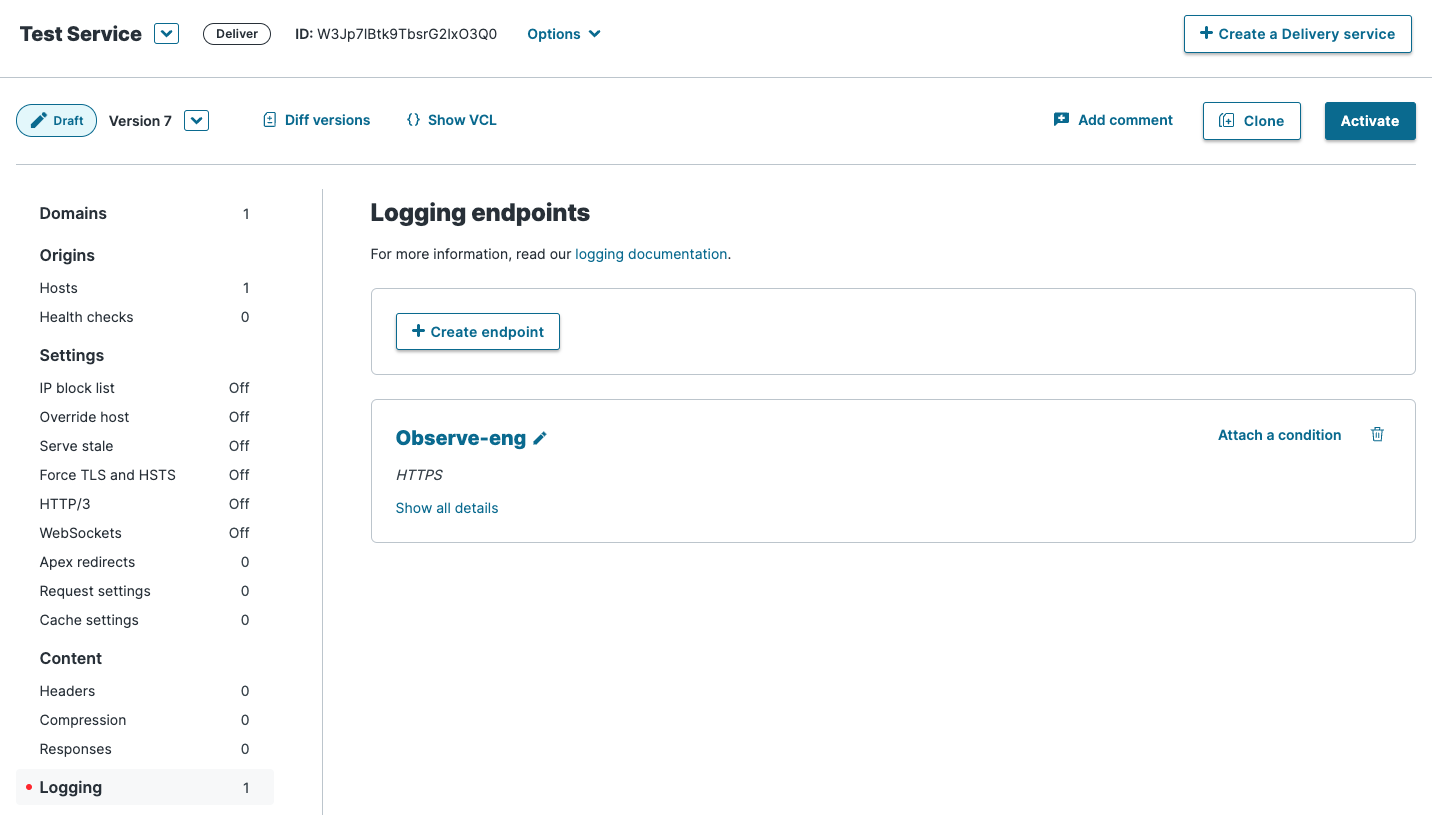
Figure 2 - Fastly logging endpoint setup
2. Create a new logging endpoint. When prompted on which type of logging endpoint to create, scroll down to the HTTPS option.

Figure 3 - Create Fastly logging endpoint

Figure 4 - Fastly HTTPS logging endpoint
3. Configure the following URL:
https://${OBSERVE_CUSTOMER?}.collect.${OBSERVE_DOMAIN?}/v1/http/fastly/logs
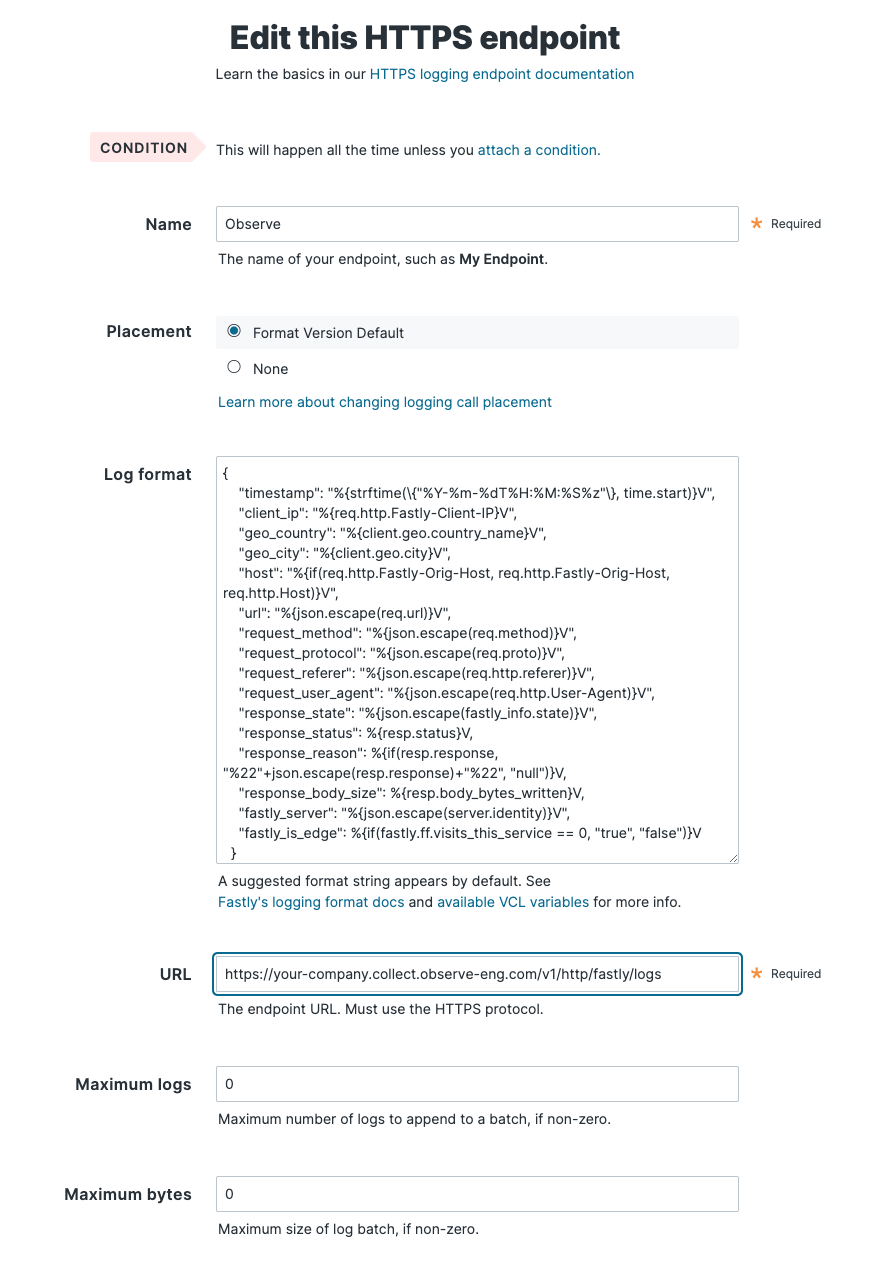
Figure 5 - Fastly HTTPS logging endpoint configuration
4. Under Advanced Settings, configure the following:
* **Content type**: `application/json`
* **Custom header name**: `Authorization`
* **Custom header value**: `${OBSERVE_TOKEN?}`
* **Method**: `POST`
Then save the configuration. Fastly should start sending logs to the Observe HTTP ingestion endpoint and within a few minutes you should see data start to populate in the datastream and datasets.
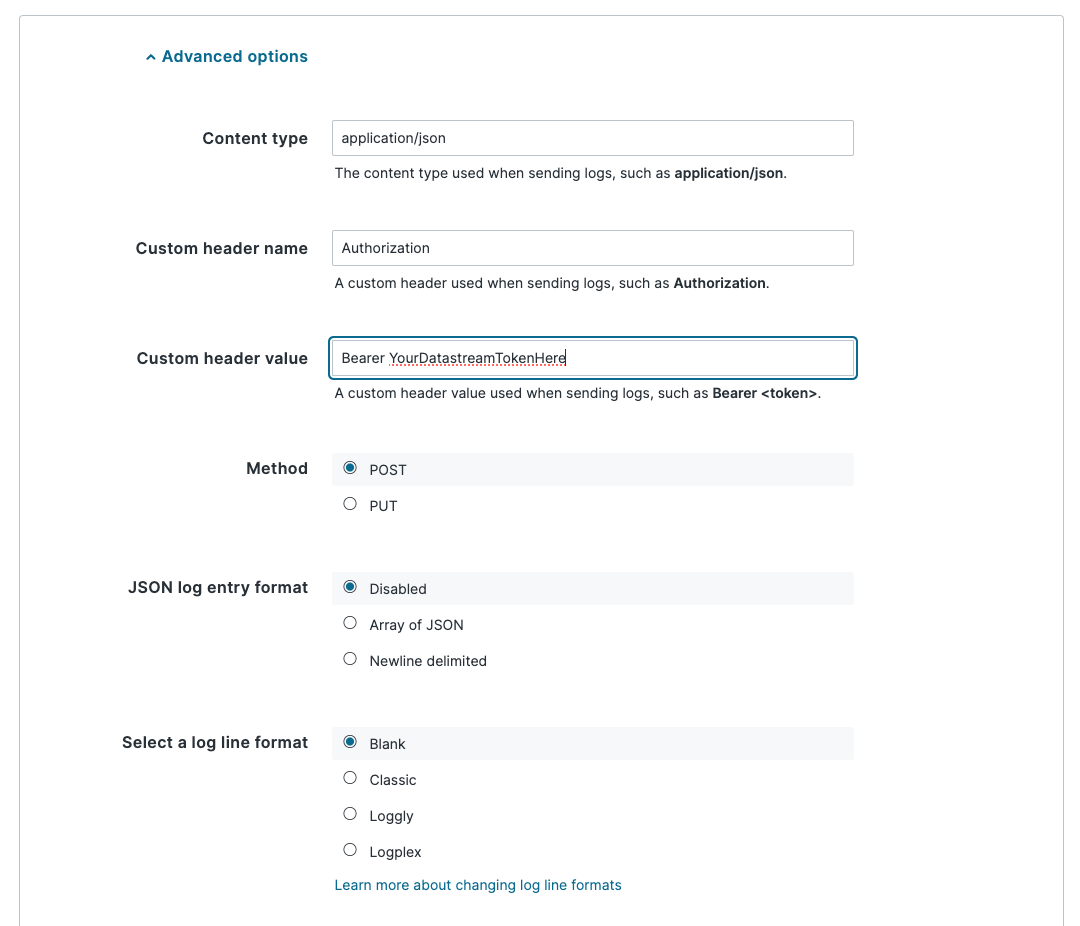
Figure 6 - Fastly HTTPS endpoint advanced settings
Poller Configuration¶
Pollers periodically request data from the Fastly API, allowing ingestion of additional Fastly service metadata. In order to set up a Poller, you’ll need to first configure API credentials in Fastly.
After logging into Fastly, from the top right account dropdown menu, select
Account.
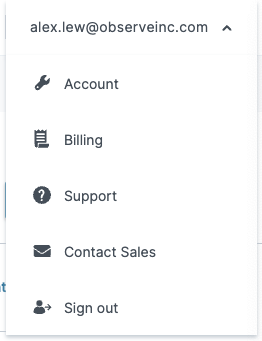
Figure 7 - Fastly Account Settings
In the left hand navigation bar, select Personal Profile > API Tokens.
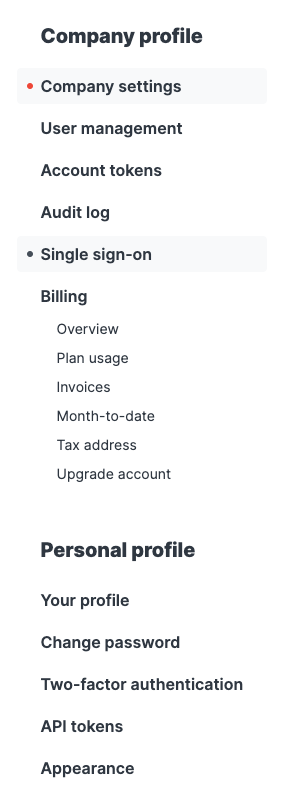
Figure 8 - Fastly Account Tokens
Click Create Token. Re-enter your password if necessary on the next page.
Configure the following settings:
Type:
Automation tokenRole:
UserScope:
Read-only accessAccess:
All services on ${ACCOUNT_NAME}Expiration:
Never expire
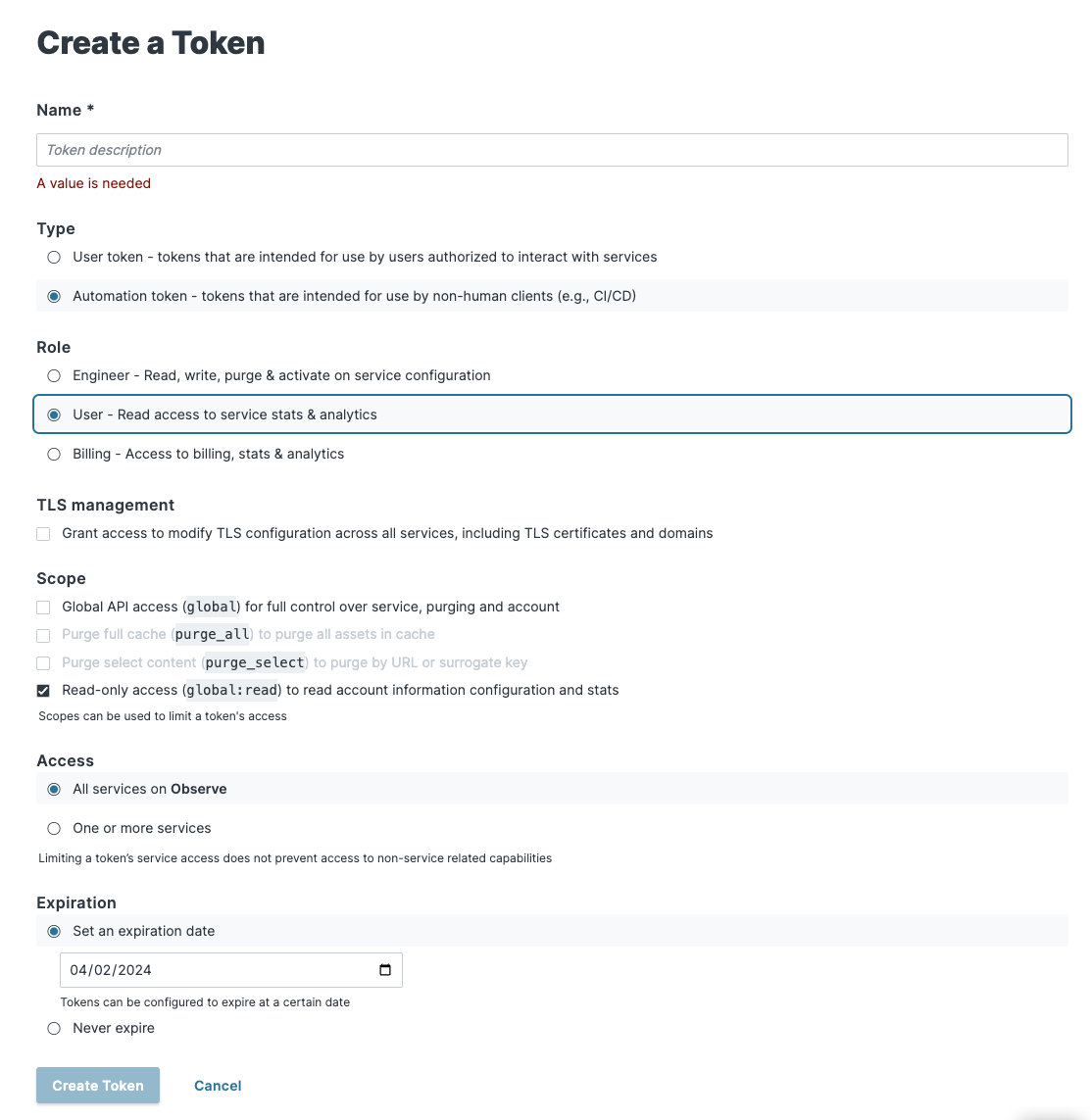
Figure 9 - Fastly API Token Configuration
Then create the token. Make sure to copy the token and store it securely before moving on.
With the token we can now set up the API Poller connection. In Observe, select Data & integrations > Applications in the left hand navigation bar.
Select the Fastly app.
Click Manage and then Connections.
Finally, find the API Poller connection and click Get started.
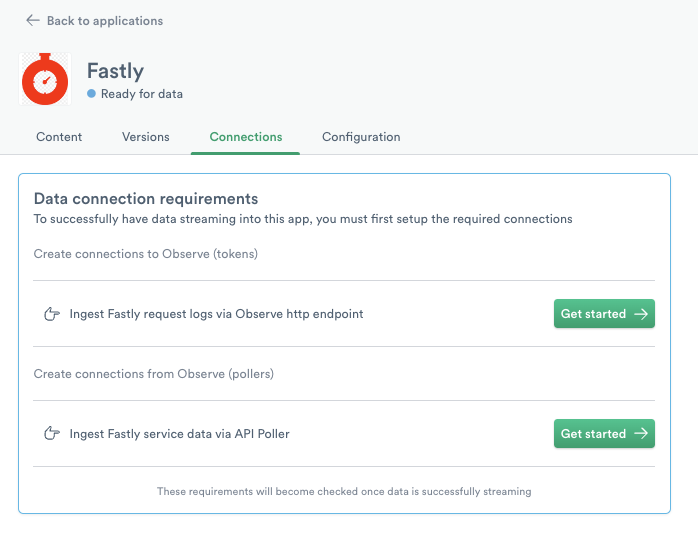
Figure 10 - Observe Connections Configuration
Configure the following settings:
Fastly Token:
${FASTLY_API_TOKEN}Interval Duration:
10m0s
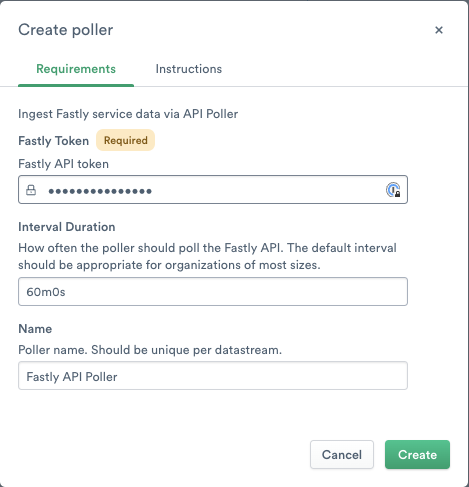
Figure 11 - Observe Connections Configuration
Then create the new poller. Once created, you should start to see data populate in the Service dataset.